323GTX
Jr. Member
- Jan 15, 2013
- 66
- 26
- Detector(s) used
- Etrac
- Primary Interest:
- Metal Detecting
Help needed ID'ing error type (or is this just PMD?)
I found this a couple of weeks ago. I am still not comfortable ID'ing the differences between a strike through grease and a capped die, but this one has me even more stumped than usual. I wouldn't even know what terminology would be appropriate in describing what is happening here. The obverse is a complete mess, but the reverse is pretty much normal... that being the case, I would have a hard time believing this to be a "vice job" or some other form of PMD.
Any suggestions would be greatly appreciated.
(BTW-- I put the 2011 Lincoln next to the coin to show that the camera is indeed properly focused!)
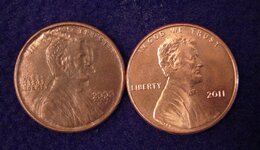
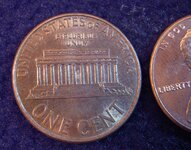
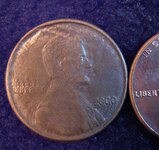
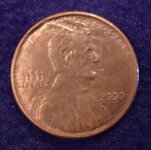
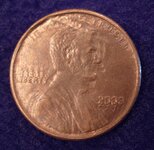
I found this a couple of weeks ago. I am still not comfortable ID'ing the differences between a strike through grease and a capped die, but this one has me even more stumped than usual. I wouldn't even know what terminology would be appropriate in describing what is happening here. The obverse is a complete mess, but the reverse is pretty much normal... that being the case, I would have a hard time believing this to be a "vice job" or some other form of PMD.
Any suggestions would be greatly appreciated.
(BTW-- I put the 2011 Lincoln next to the coin to show that the camera is indeed properly focused!)





Last edited:
Upvote
0





